
Zardozi embroidery is a type of hand embroidery, but" Zardozi work" and" Zardozi embroidery" are generally used against each other when pertaining to the finished product.
Zardozi embroidery is a traditional embroidery characterised by metallic vestments, generally gold or tableware, to produce detailed and ornate patterns on fabric. Suturing the metallic vestments onto the cloth is an integral part of this system; a needle with a hook- such as the end is used to delicately pull the vestments through the fabric. The end effect is a stunning and long- continuing design that shimmers and shines.
Zardozi embroidery is a centuries-old craft with roots in the area from
ultramodern- day Iran to India. Zardozi embroidery has a long and outstanding
history of being worn by kingliness and used to embellish the finest fabrics,
cabinetwork, and other luxury objects. The heritage of Zardozi has
inspired new generations of artists to work toward conserving and elevating
this timeless and excellent art form so that it may continue to be enjoyed and
respected by unborn generations.
Numerous people consider Lucknow, in the northern Indian state of Uttar
Pradesh, to be the spiritual and provident home of Zardozi embroidery.
Traditional artificer, similar as Zardozi work, is deeply hardwired in the
megacity's history and culture.
Zardozi artists must have the skill to deal with metallic vestments that
bring out their full eventuality in terms of colour, quality, and lustre.
Using a needle with a hook-like end, the Zardozi craftsman also pulls the
copper garments through the fabric. The artist uses his fritters, which
are like a pencil hold, to move the needle so that it can stitch through the
fabric. Finally, we work the metallic vestments into the cloth using basic
aches, circles, and knots. The effectiveness of the design in terms of delicate
aesthetics is mostly dependent on the artist's meticulous attention to
detail. It might take hours or even days to complete the laborious and time-consuming
process of making a single piece of zardozi. Still, skilled hands and an
acute attention to detail produce Zardozi art. They put a lot of effort into
creating their exquisite, durable, shimmering, and shining needlework.
Zardozi work is a homage to the beauty and fineness of traditional crafts,
whether employed to embellish traditional clothes
Making Zardozi takes a lot of time and trouble, not to mention a high position
of gift and perseverance on the hand worker’s end. Zardozi art can
include a vast range of styles, from intricate flowery or beast themes to
straightforward geometric shapes. .
Several considerations go into deciding which fabric will be used for a Zardozi
exaggerated design, including its final purpose, the design, and the artist's
preference. Fabrics like silk, cotton, velvet, and satin are constantly
utilised in Zardozi embroidery.
>Silk The luxurious sense and smooth silk drape make it a favourite
option for Zardozi embroidery. Because of its continuity and strength, it's
perfect for casting complex patterns and beautifiers.
>Cotton is another popular option because it's affordable,
functional, and protean.
>Velvet Velvet is popular for Zardozi embroidery because of its lush
sense and addition to the tableware vestments. The velvet's soft face is a
lovely discrepancy to the metallic vestments, which give dimension and
conspiracy to the design.
>Satin Satin is constantly used for Zardozi work due to its luxurious
luster embroidery.
Embroidery ways, including cross-stitch, hemstitch, and Zardozi, all need
embroidery needles. Needles for crewel, shade, and chenille stitching are the
three most common. ways have made colourful kinds of zardosi aches possible. Hand
Embroidery, Shisha Embroidery, Zari Work, Aari Work, Dabka work, Kundan Work,
Aari Tari Work, Resham Work, Gota Patti Work, Mukesh Work Embroidery, Kasuti
Work Embroidery, Sequence Work Embroidery, Motifs Embroidery, Beadwork
Embroidery.

How to Style Chikankari Kurta for a Formal Office Wear Look
18 December, 2023
Zardozi Aeon
18 December, 2023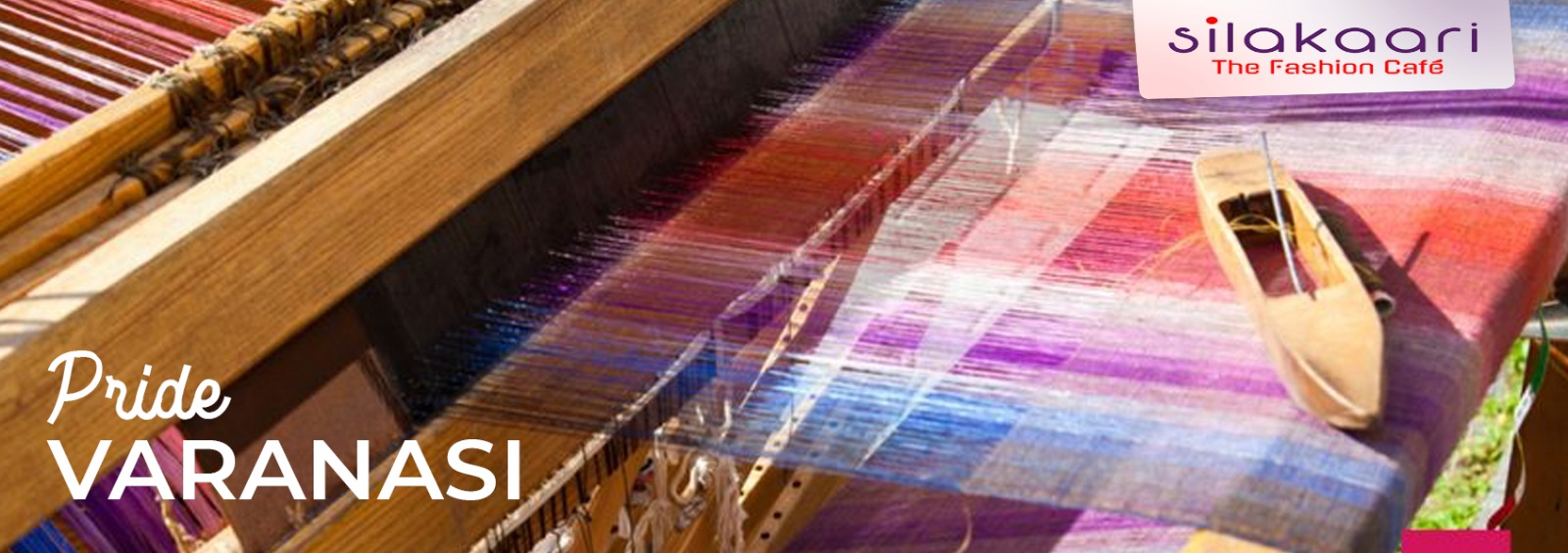
Pride Varanasi
19 October, 2023
Chikankari Vogue
16 October, 2023
Setnicity
12 October, 2021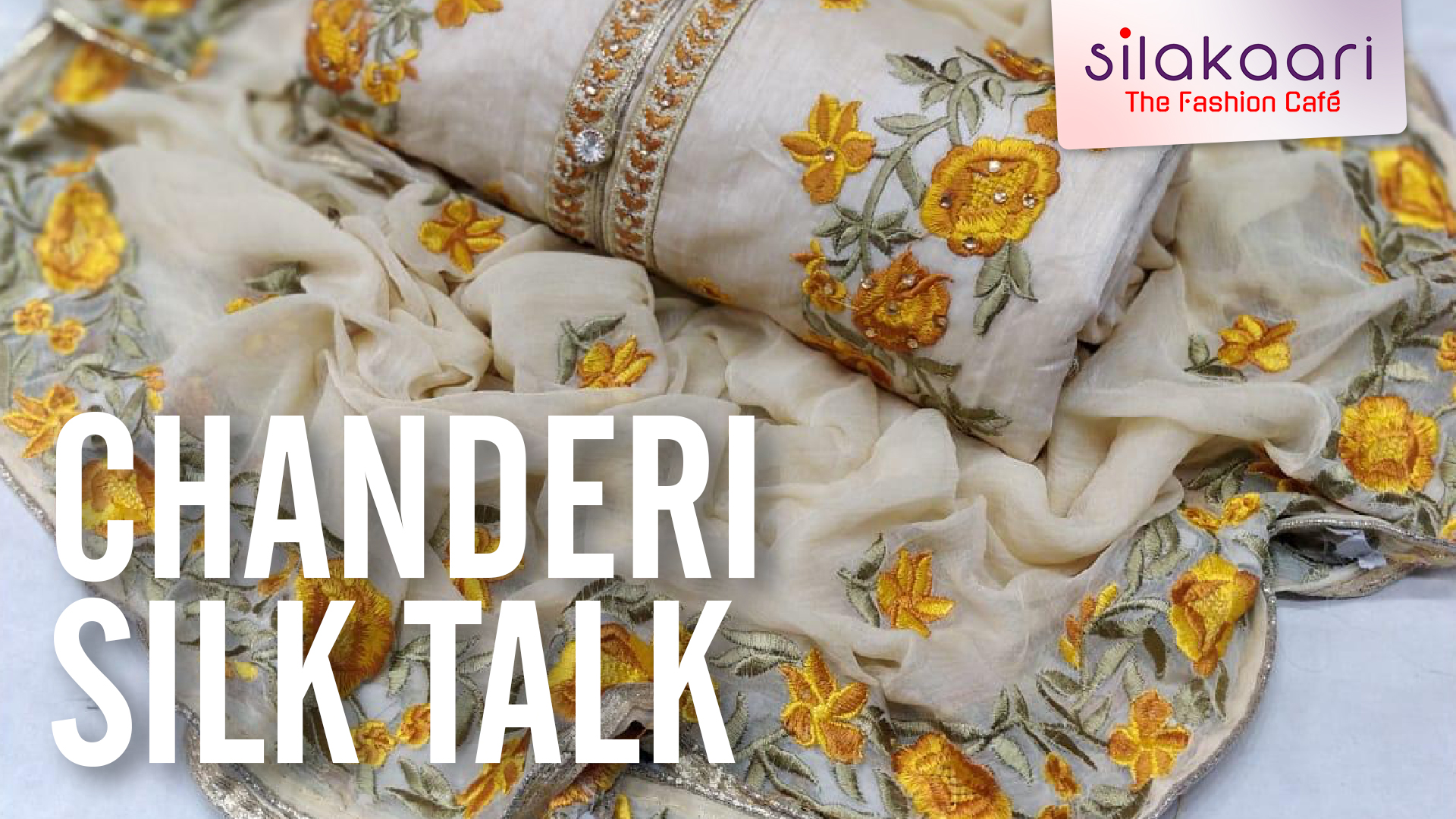
Chanderi Silk Talk
10 August, 2021
Muslin Tour
05 August, 2021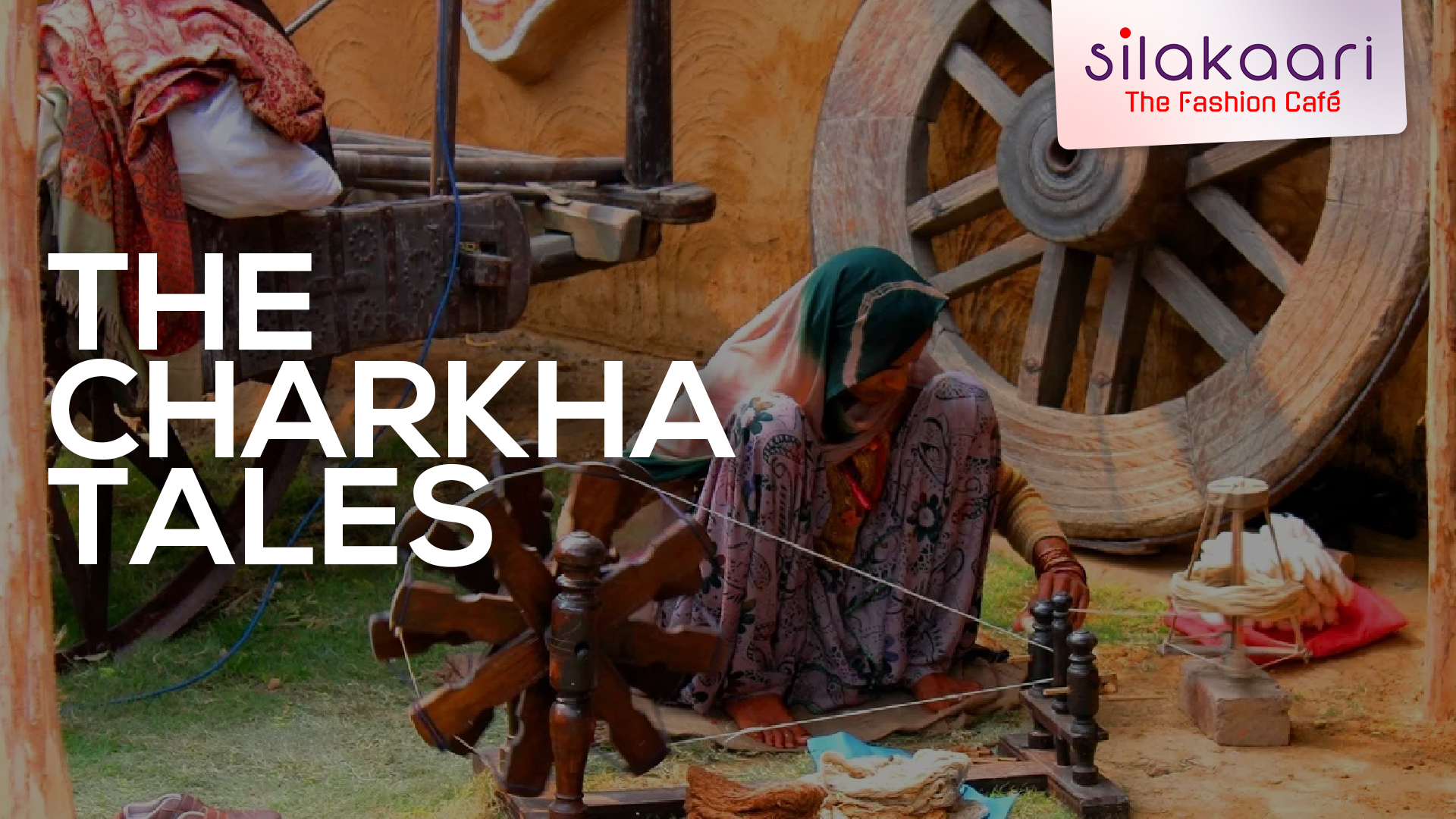
The Charkha Tales
05 August, 2021
ldeal Workwear
28 July, 2021
Cotton Magic
28 July, 2021
Denim Tale
27 July, 2021
Quintessentia
27 July, 2021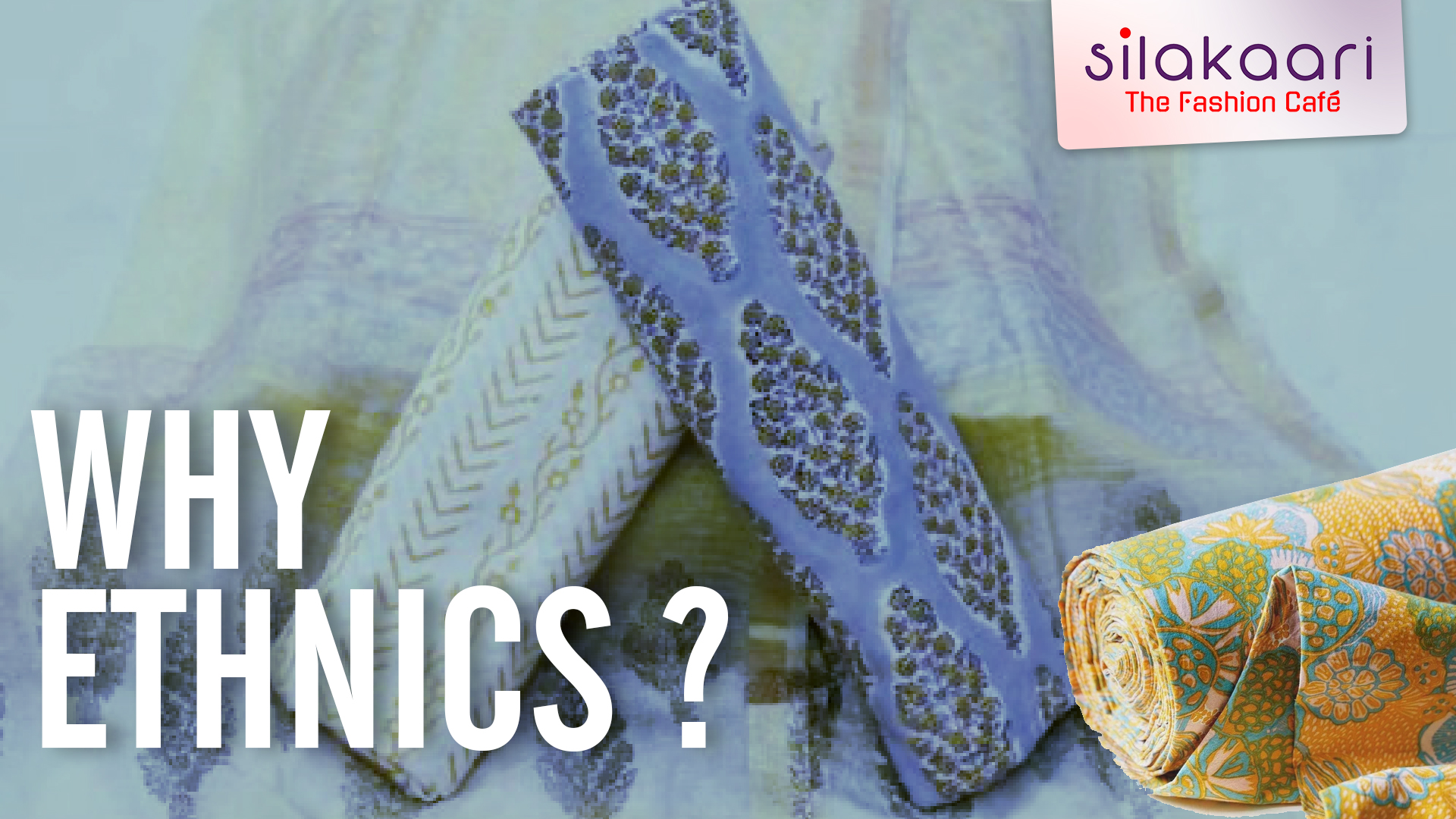
Why Ethnics?
24 July, 2021
Palazzo Pride
24 July, 2021
Denim Mantra
12 July, 2021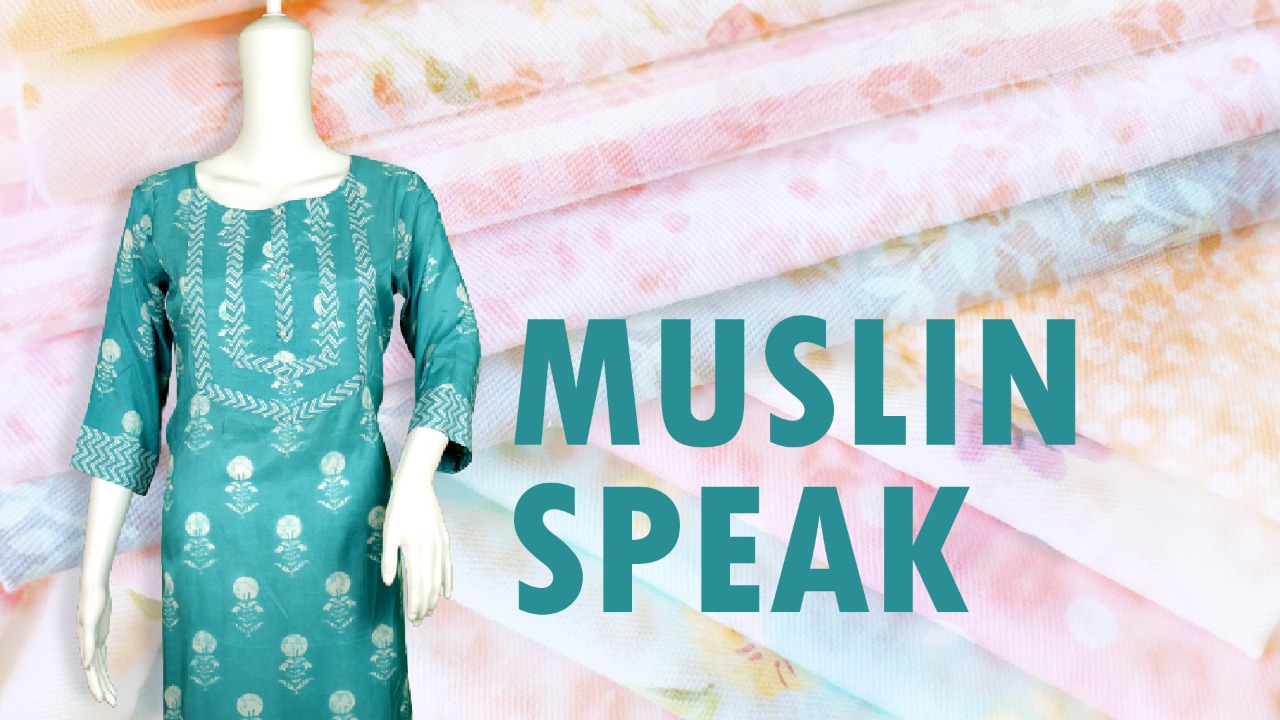
Muslin Speak
12 July, 2021Oct 2023 (2)
Dec 2023 (2)
jul 2021 (8)
Aug 2021 (3)
Oct 2021 (1)